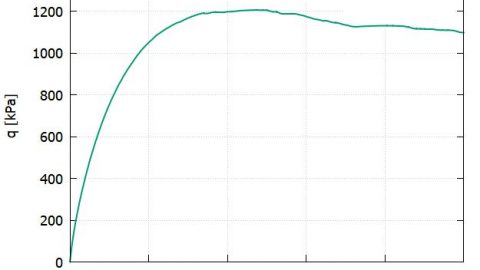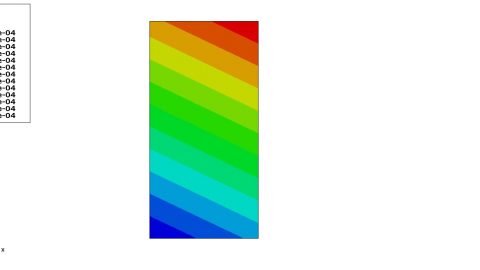I am modelling an underground cavern for Compressed Air Energy Storage applications using Abaqus. To begin, I attempted to replicate the results presented in the provided paper:
Damasceno, DR, Spross, J & Johansson, F 2023, ‘Rock mass response for lined rock caverns subjected to high internal gas pressure’, Journal of Rock Mechanics and Geotechnical Engineering, vol. 15, no. 1, pp. 119-129.
In my model, I utilized the Mohr-Coulomb plasticity model for the geological formation, with a specified tensile strength of zero, which I interpreted as a tension cut-off of zero (a value of 0.1 was used) in Abaqus.
However, during the solving process, I encountered an issue with negative eigenvalues, resulting in the final solution displaying no stress or deformation in the output, despite the completion of the job in Abaqus.
My questions are as follows:
1. Is my interpretation, equating a tension cut-off of zero with a tensile strength of zero, accurate?
2. How can I address the issue of negative eigenvalues?
3. I have already attempted mesh refinement and employed a small initial increment size. Are there any adjustments I can make to the element controls that might help?





Dear Chee Min Long
I am not familiar with the specific modelling of underground storages. But I have experienced that the Abaqus built-in Mohr-Coulomb model is not too stable. If you are interested in using a UMAT with Abaqus, I have a modified Mohr-Coulomb model, i.e. Mohr-Coulomb plus tension cut-off, that seems to be more stable than the built-in one. However, only perfect plasticity is included. My intention is to post the model for general use here on Soilmodels.com, but I have not had the time to do so. I can also be contacted via jc at cae.au.dk
Best regards
Johan Clausen